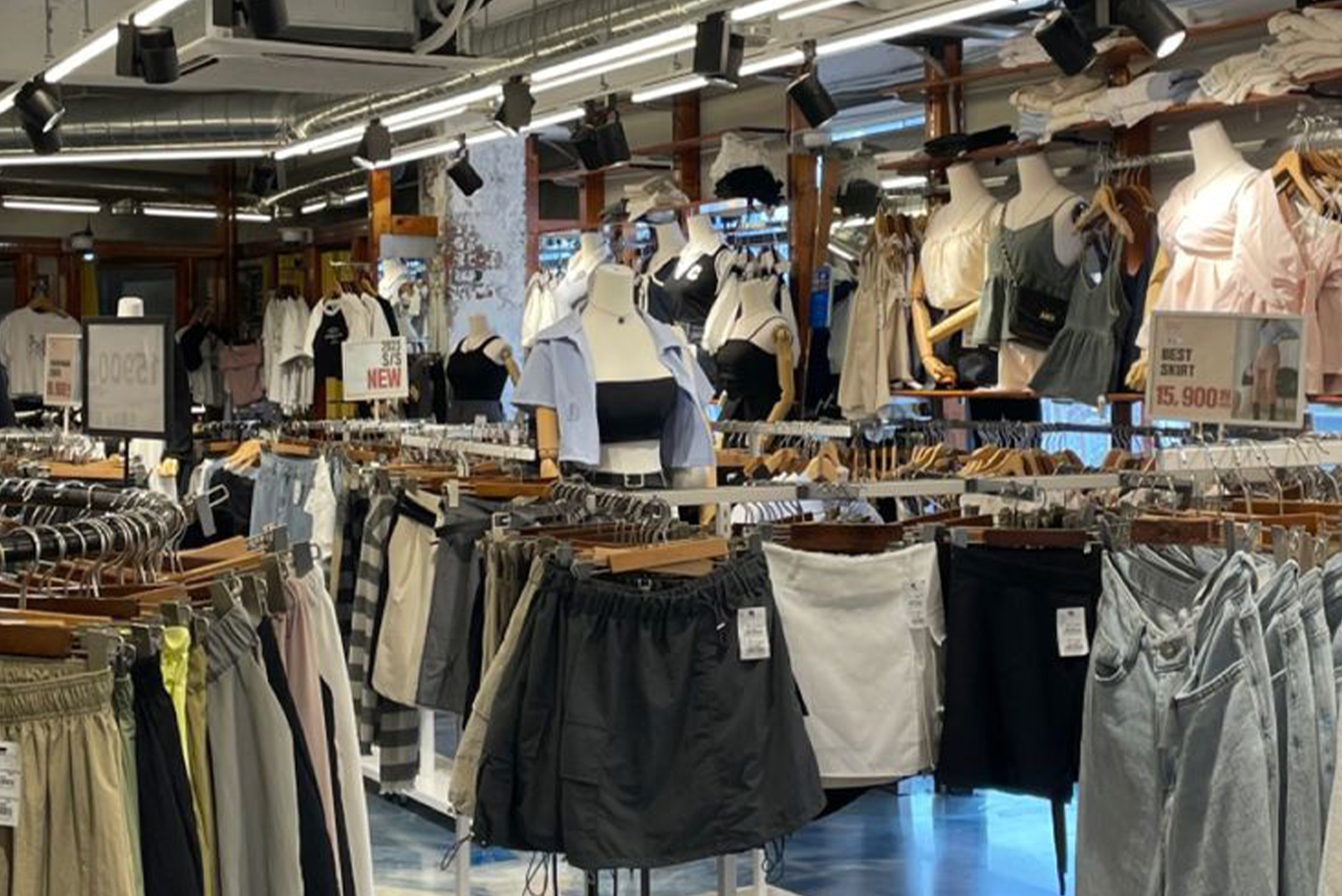
What to Pack for Your Korea Adventure This Summer.
Are you prepared for an incredible summer adventure in Korea? We’re certainly excited! Before diving into packing, let’s take a glimpse into what a Korean summer can look like! Known for its easily navigable and walk-able cities. However, with humidity soaring, how do Koreans manage to beat the heat? The answer lies in their choice of attire and accessories! Protect Yourself from the Sun: Sun protection is needed in Korean summer culture. You will need essentials like sunscreen, sunglasses, and a suitable hat to prevent overheating. Opt for a high SPF sunscreen to shield your skin from harmful UV rays, remembering to reapply every two hours, particularly during outdoor cultural activities. Plus tip, buy a hand held fan to carry with you. It will help you cool down faster. Prioritize Comfortable Footwear: Understanding your feet’s needs is essential, especially when embarking on long days of exploration. Opt for lightweight sneakers, sandals, or breathable flats that offer ample support for extended walks. Avoid leather or shiny black shoes, as they tend to absorb heat, potentially causing discomfort. Your feet will thank you for the thoughtful choice! Opt for Light and Breathable Fabrics: Korea’s summer climate can be quite intense, especially for newcomers. Yet, the right clothing can make all the difference. We suggest opting for light and breathable materials such as cotton, linen, or moisture-wicking fabrics. Loose-fitting tops allow for ample air circulation, ensuring you stay cool throughout the day. For girls Embrace Stylish Summer Dresses: Who says staying stylish means sacrificing comfort? A summer dress is the epitome of both. Koreans adore lightweight dresses, available in various lengths to suit your preference. Just ensure they’re summer-appropriate, as the thickness of the fabric plays a crucial role in keeping you cool. Stick to Casual Tops and Bottoms: While summer basics are a must, it’s worth noting that Korean fashion leans towards modesty. Tank tops, for instance, aren’t commonly worn as standalone pieces. Consider layering with a light cover-up for cultural respect. Mix and match casual tops with shorts, skirts or thin pants. Wear pants that you know will keep you from absorving heat, or getting sun burnt. Pack an assortment of lightweight blouses to diversify your wardrobe for a comfortable and fashionable city exploration. By remembering these tips when packing for your summer trip to Korea, it will ensure you have the best time and be prepared for what will come your way! We can’t wait to see you in Seoul.





